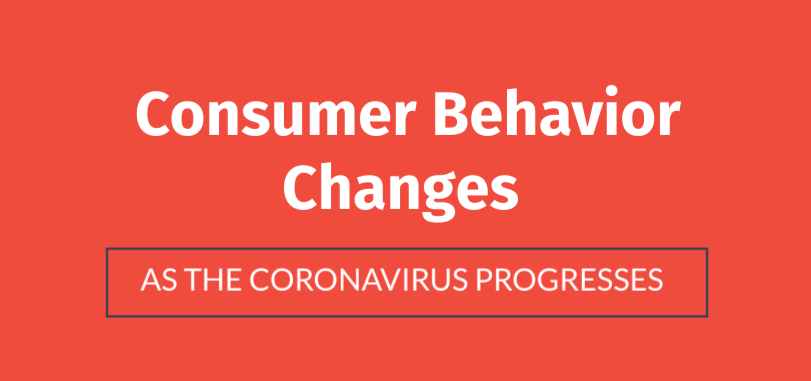We tend to think of our websites in the singular. You may think that you “have a website” (i.e., one) and that one site is where everything has to fit. It’s easy to think that one business or organizational website is the single container for all of your online presence, but that’s not the reality for effective web marketing. Effective web marketing includes multiple landing pages, sub-sites or micro-sites for specific purposes all with the goal of giving people the exact information and opportunities that they need to become our customers.
The Realities of Second Websites and Microsites for Marketing
Websites aren’t really just “one thing” at all. A website is a network or “webs” and connected pages. Each page stands alone and is connected to other pages because of its page address, and because it is either searchable through a search engine or is linked somewhere else in the website with a menu, link or button.
We think of websites as a single unit, but that isn't how customers interact with them.
The home page is in the eye of the beholder. What you call your “home page” is not the page that many people actually visit when they come to your website- one-half or more come to a different page. They may think of a location page, a specific service page, an events page, or even a payment page as “their home” on your website. That page will be the one that comes back up in their browser and the page to which they will return. Your home page has to capture the essence of your business and quickly move people to what they were looking to secure. You have many different “home pages,” when it comes to how customers experience your website.
Microsites are commonly used for a variety of purposes. It is common to set up separate websites that retain the brand and look and feel, but are actually operating independently of the primary website. This is done for a variety of reasons:
- Payment management
- Online shopping
- Separate locations
- Special events
- Customer resource center and onboarding
- Employee recruiting
- School admissions marketing
- Online market share through SEO
- Developing leads
It is common for these sites to be set up on subdomains, such as “blog.YOURWEB,” OR “shop.YOURWEB.” You may not be aware but the internet formerly known as “WWW,” is actually a subdomain of your primary domain. When people visit “WWW.YOURWEB” they could actually be on a microsite.
What is a microsite? A microsite is a small focused set of website pages that are organized for a specific purpose and placed on a subdomain or alternative domain name that is often similar to your main domain (i.e., yourweb2.com or blog.yourweb.com).
Landing pages are important for successful ad strategies. Effective digital ads almost always point to a specialized page that is specifically for the consumer that clicks the ads. These are stand alone pages that meet a specific need, and stand outside the menu and link structure of your website. In other words, if you are doing effective digital ads, you’re already running multiple website assets.
Whether you take someone to a page that is solely on your main domain name, (yourweb.com), or to a subdomain (shop.yourweb.com) is really irrelevant. People don’t notice, and as long as you retain effective branding and follow the SEO rules the net gain can be significant.
The Principle of Visitor Intent
A second (or third or fourth) website can help you respond to the principle of visitor intent, quickly and effectively.
The faster you provide to your visitors exactly what they are searching for in the fewest steps possible by guiding them to the right page or pages, the more people will become leads and satisfied customers. The longer it takes for the visitor to find and obtain what they are looking for, the fewer will become leads or satisfied customers.
This principle is why search engines like Google measure consumer behavior on your website. If people stay on your website and take action then Google automatically assigns a higher search value and sends more people your way.
Put simply, if you take people to a limited number of pages that focus on their specific needs, they are much more likely to appreciate what you’re offering.
Avoiding the Website Phonebook Syndrome
While some people still reach for a printed phone book, the process of finding what you are looking for has moved to digital apps and web searches. Websites can fall into the Phone Book Syndrome if they are not designed well, leaving visitors to search through long menus, trying to find what they are looking for in-site search, or browsing through multiple pages to find information.
Secondary websites focused on a specific purpose can dramatically improve leads or customer service.
The patience of modern website visitors is extremely short. People expect to find what they are looking for at their fingertips. If important information like pricing, details of the service, or how to order are not easy to find and use, then people will do the same thing that they’ve done with the traditional paper phone book (you know - the round file).
What is Under the Hood of Your Second Website or Microsite is Important
Just like it is important to provide focused information that you may place into a microsite or secondary website, it is also important what connects the microsites and main locations. Four things should be considered when setting up a microsite. This includes unified branding, search engine optimization strategies, underlying automation and customer relationship management (CRM) plus your ability to track activity and monitor lead conversion.
->Microsite and website redesign can be pain-free if you use the right approach, learn more.
Ten Reasons a Microsite Might Be Important for Your Growth
Here are some of the reasons why a secondary website might be an important step forward for your business or organization:
- You work with diverse products or service audiences that don’t fit together.
- You want a portion of your website to be more secure for eCommerce, membership, etc.
- You have locations that have dramatically different needs or audiences, and you’re having a difficult time getting high levels of search traffic for that location.
- You want to better personalize the experience of your website visitors based upon location, interest, or need.
- You have a website that is serving some purpose well, but it isn’t serving your needs for customer service, developing new leads, or recruiting employees.
- You want to capture more real estate in the online search world. A microsite can function like opening a second office in the digital world.
- You want to keep your existing website while you build out a new one and get the kinks out of it.
- You want to address a specific purpose such as customer support, employee recruiting, eCommerce or marketing to lead conversion without rebuilding your entire website.
- You are stuck with a legacy website that isn’t producing enough leads, and you don’t want to wait 6 months to generate leads.
- You are stuck with a legacy website that isn’t producing leads and you can’t change what you have without a long and drawn-out process.








